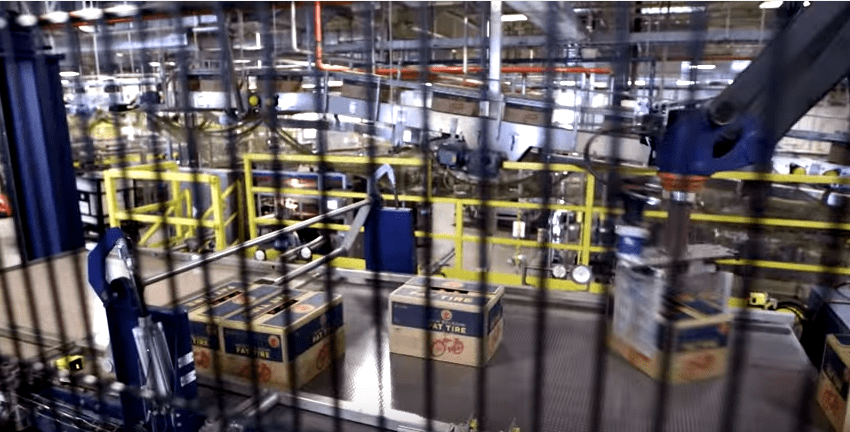How IoT enables smart agriculture
In my last blog, I shared a powerful story of how ThyssenKrupp Elevator is driving an Industry 4.0-type transformation. We are observing similar kind of digital transformation within industries like agriculture, too. The Internet of Things (IoT) is changing the way we grow and cultivate our food.
One powerful example of this is our partnership with Fujitsu. After the earthquake in Japan changed the supply-demand equation, Fujitsu took one of its semiconductor plants and turned it into a greenhouse to produce lettuce. By building and leveraging systems of intelligence technology including IoT, machine learning, and analytics, Fujitsu was able to grow the perfect lettuce just by making sure that greenhouse conditions were optimized using an unprecedented level of automation to manage with precision, consistency and predictability.

By doing this, Fujitsu was able to grow lettuce that is both delicious and healthy. It’s also low in potassium so that it can be consumed by dialysis patients and people with chronic kidney disease. And, from a productivity and efficiency gains standpoint, Fujitsu has also been able to realize significant improvements. Adopting a data culture and employing very high levels of automation, Fujitsu was able to manage the environment and all variables to perfection. All of this had been possible to do remotely by delivering real-time, powerful visualization of the entire process to mobile employees, leveraging Microsoft’s mobility platform and devices, advanced analytics, machine learning and enabling continuous improvement on the entire production process.
The perfect lettuce is not about genetically modifying the lettuce. It’s not about chemicals or preservatives. It’s about controlling every variable in the greenhouse, and having the ability to do this remotely. I personally tasted the perfect lettuce. It tastes much better than regular lettuce in that the entire lettuce leaf is very tasty, crisp, and healthy. And, you can keep the perfect lettuce fresh and crisp for two weeks without refrigeration.
Another example of how technology is empowering industries, helping to solve critical, real-world issues, is what is happening with California’s ongoing water drought. The state’s agricultural abundance includes more than 400 commodities across its 77,000 farms and ranches. The state produces nearly half of US-grown fruits, nuts and vegetables.
Despite the drought, these farmers are able to keep their many crops vital through the use of technology automation. For example, the Monterey Regional Water Pollution Control Agency (MRWPCA) is using IoT to transform the data they generate into insights that optimize processes and the distribution of reclaimed water among farmers—and to help keep costs low by minimizing the energy involved.

By accessing data from a variety of connected industrial IoT devices and combining it in the cloud with information on pricing, power consumption, and water usage, MRWPCA can obtain real-time insights about how to best manage operations using solutions like Microsoft Azure and Power BI. And all of this monitoring, analysis, and control can be done remotely to ensure data-driven irrigation for precise water distribution.
These stories are about not just about the perfect lettuce or water conservation, they are about the amazing level of automation and what that enables us to do in the context of production and efficiency increases. It’s this technology innovation that will change agriculture forever by enabling more intelligent, strategic uses of our resources to feed our growing world.




